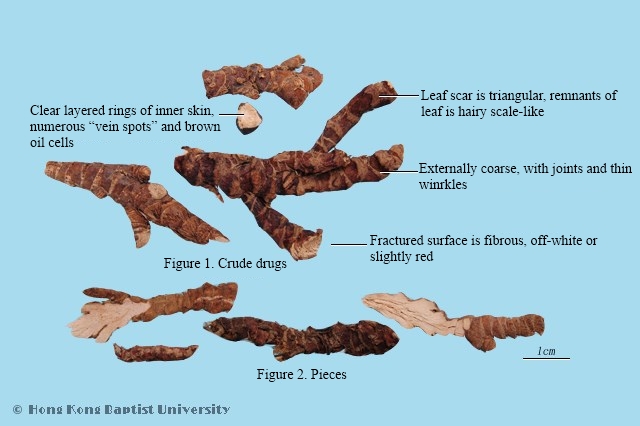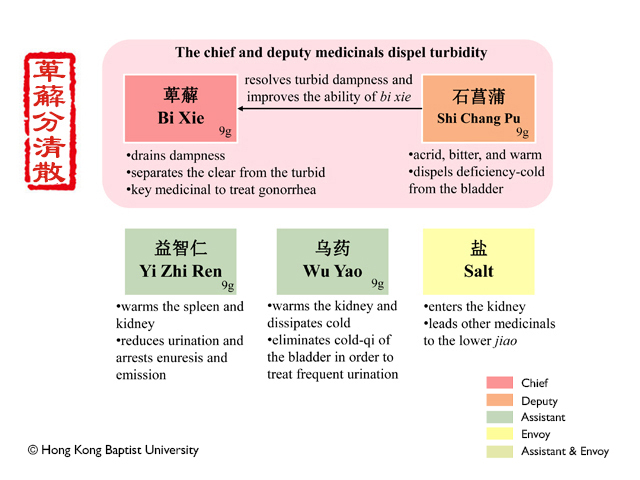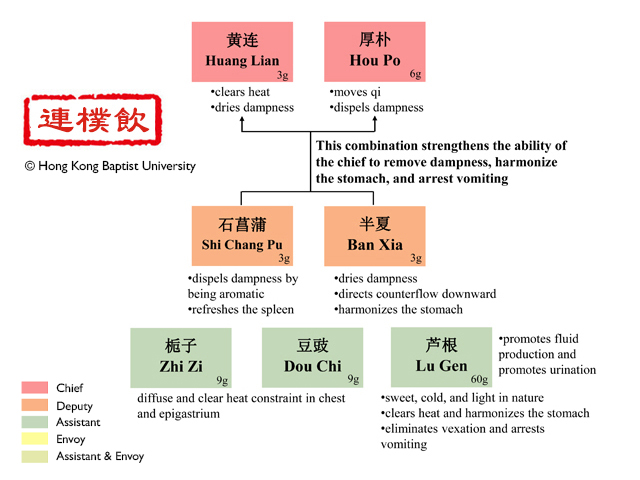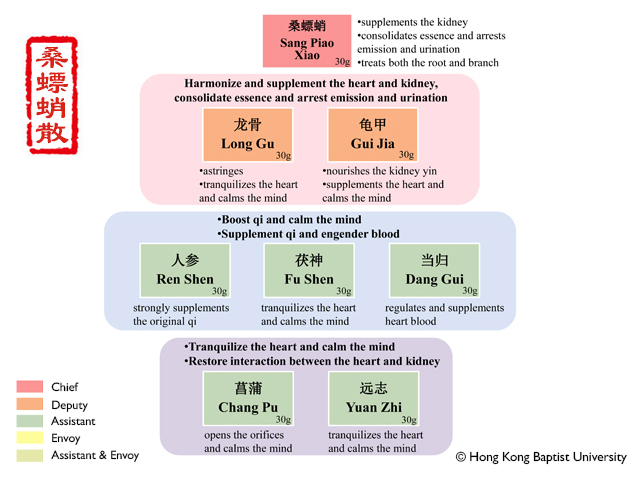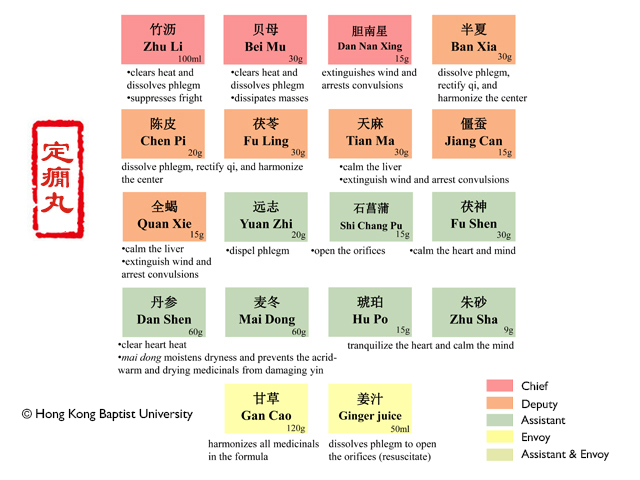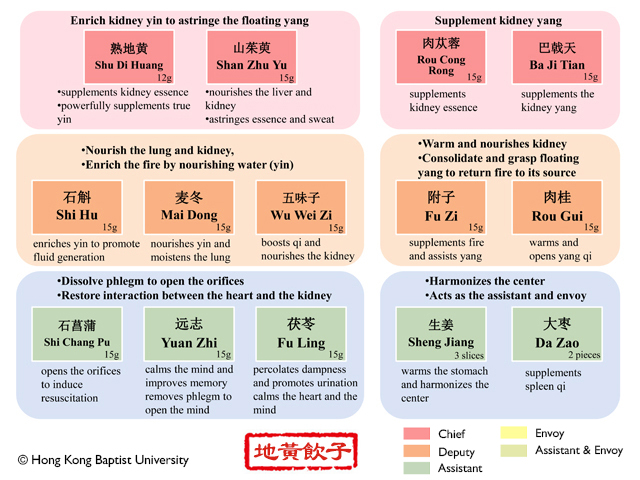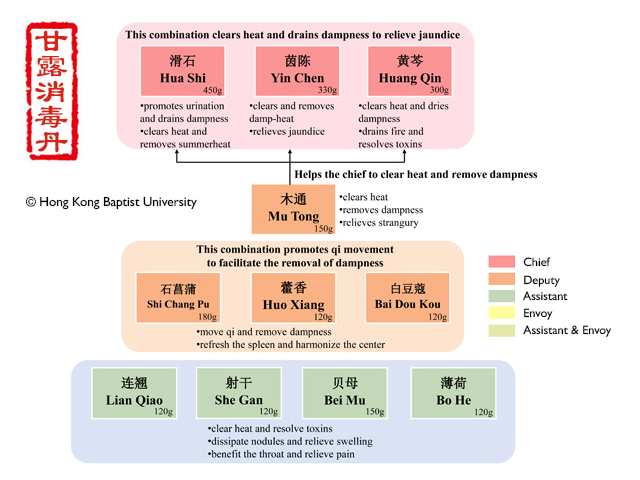Sweet Dew Toxin-Removing Elixir
Action:Drains dampness and removes turbidity, clears heat and resolves toxins.
Indication:Gan Lu Xiao Du Dan is indicated for damp-warmth and seasonal epidemic. It is a pattern with equal dampness and heat pathogens in the qi level. The symptoms are fever and fatigue, chest distress and abdominal distension, aching pain of limbs, throat pain, yellow skin and eyes, maxillofacial swelling, thirst, scanty and dark urine, diarrhea, and turbid strangury. The tongue coating may be either white, thick and greasy or yellow and dry. The pulse is either soggy and rapid or slippery and rapid.
